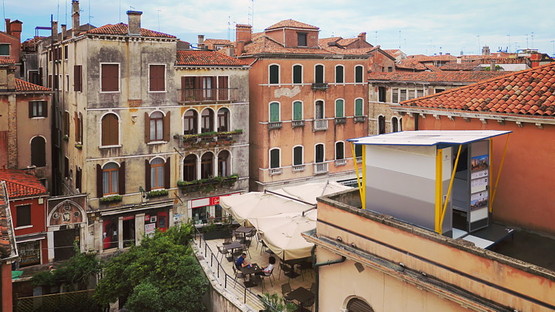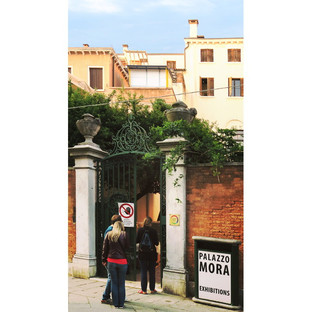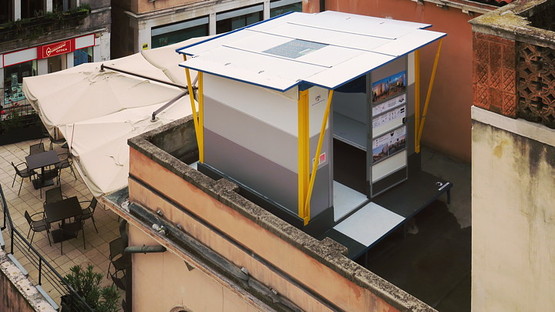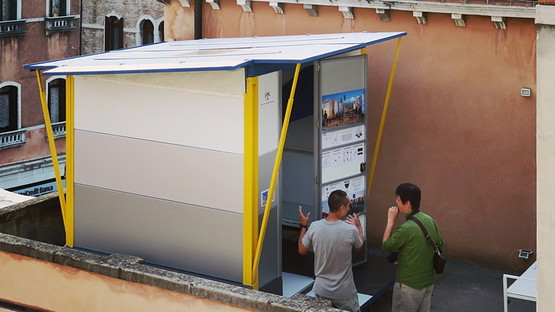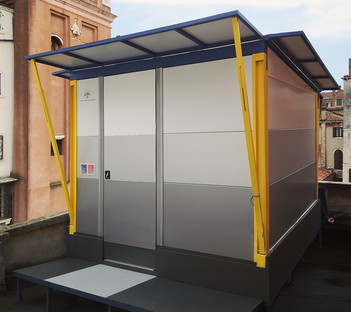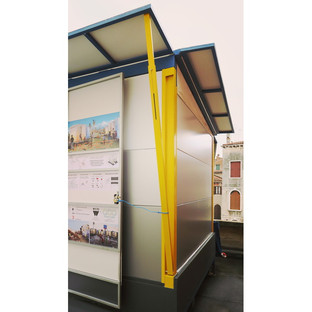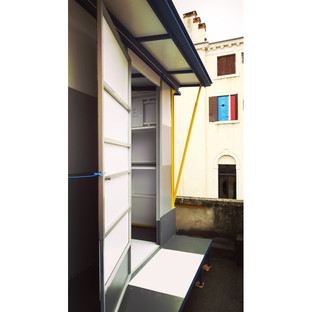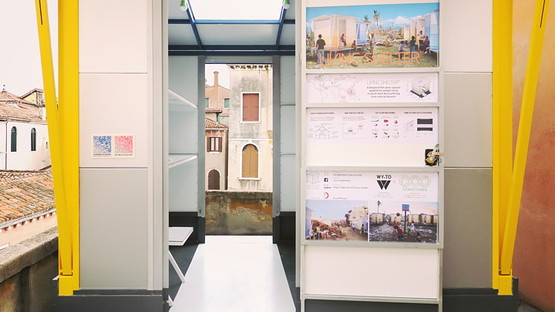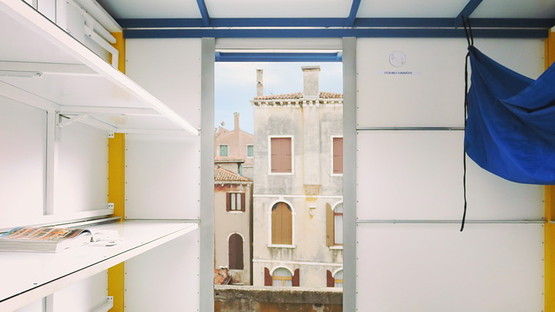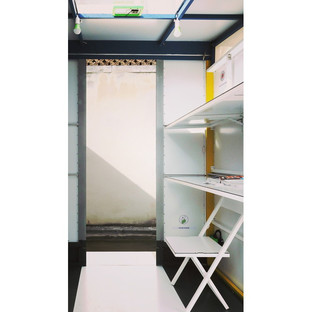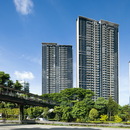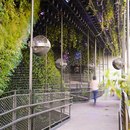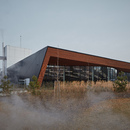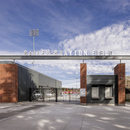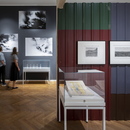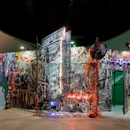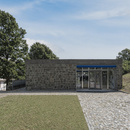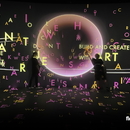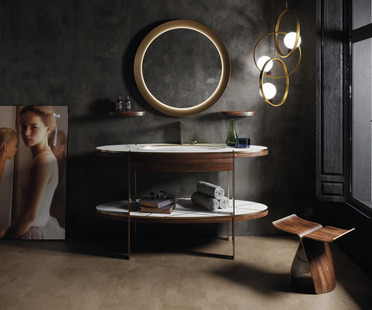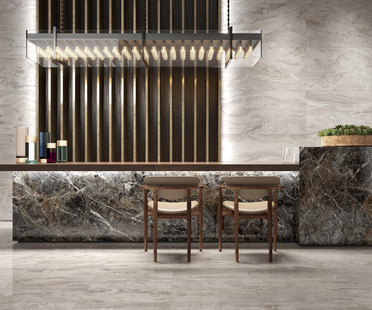19-07-2016
Living Shelter to try out at the 2016 Venice Biennale
- Blog
- Sustainable Architecture
- Living Shelter to try out at the 2016 Venice Biennale
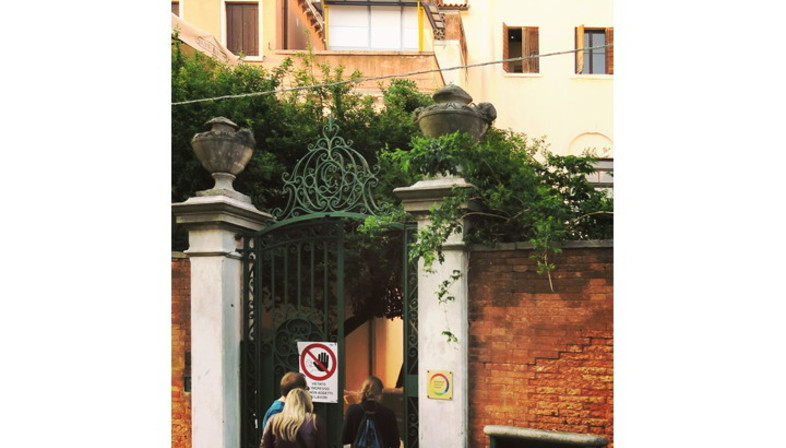 Living Shelter is a cost-effective shelter designed by WY-TO with PODS to respond to the natural disasters that abound in Southeast Asia. It's now on show at Palazzo Mora as part of the event titled “Time – Space – Existence” of the 15th Architecture Biennial in Venice.
Living Shelter is a cost-effective shelter designed by WY-TO with PODS to respond to the natural disasters that abound in Southeast Asia. It's now on show at Palazzo Mora as part of the event titled “Time – Space – Existence” of the 15th Architecture Biennial in Venice.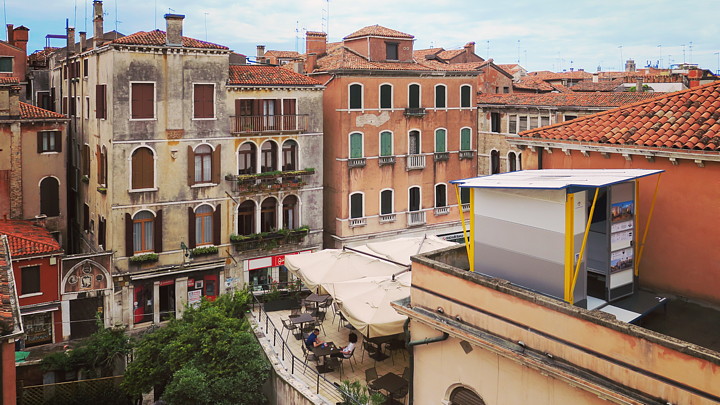
From drawings and crowdfunding to reality. Living Shelter by the design team of Singapore-based studio WY-TO with the engineers from PODS STRUCTURE can be seen on the terrace of Palazzo Mora until 27 November 2016, as part of the collateral exhibition, “Time – Space – Existence”, organised by the Global Arts Affairs Foundation (http://www.floornature.com/blog/living-shelter-smart-housing-alla-biennale-di-venezia-11609/), ean important event of the 15th Architecture Biennial in Venice.
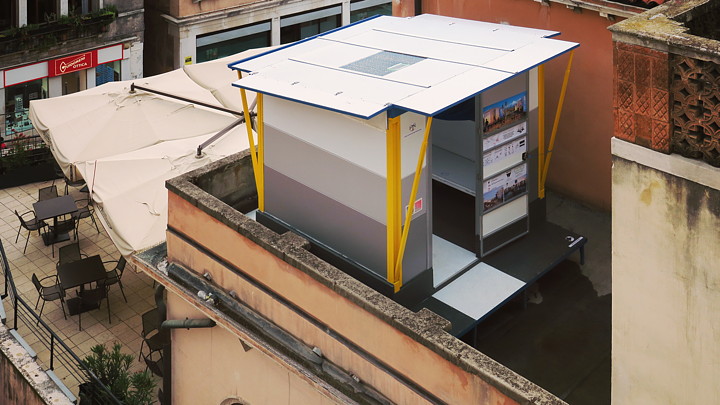
Living Shelter is based on the traditional southeast Asian kampung house, which the design team has redesigned as an emergency housing response for this area, statistically where 42% of the world's natural disasters occur.
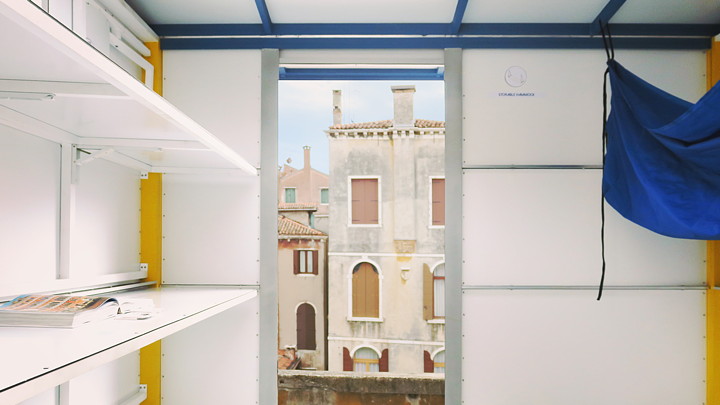
Disaster relief is smart in this case, because Living Shelter takes into account the peculiarities of the climate, and it also comes in the form of an easy to assemble do-it-yourself kit, so 12 flat-pack shelters can be shipped in a single container. The kit includes a water bag to purify water, a built-in solar panel on the roof to charge mobile devices and provide light, and fold-down furniture such as beds, hammocks and shelves.
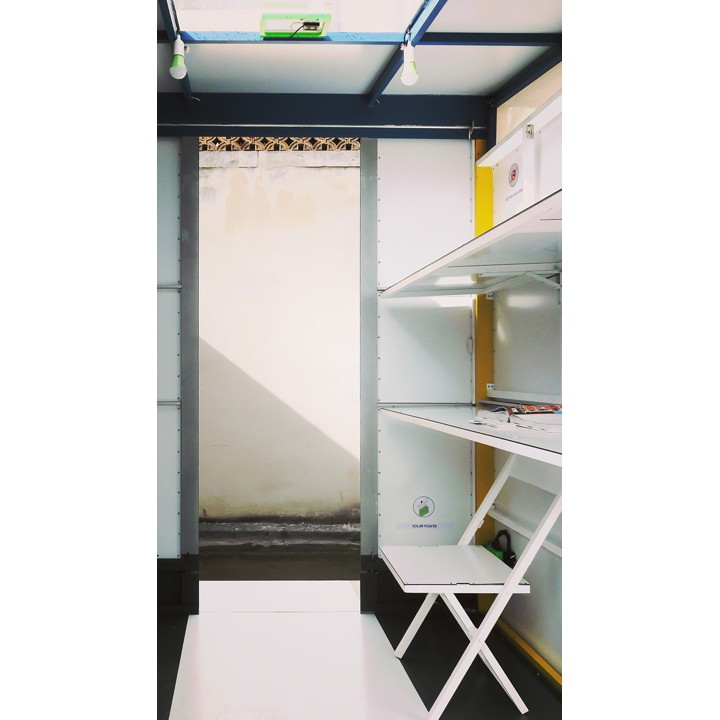
Floriane Bataillard and Yann Follain from WY-TO Singapore answered our questions to share their experiences during the prototyping and erection of Living Shelter in Venice.
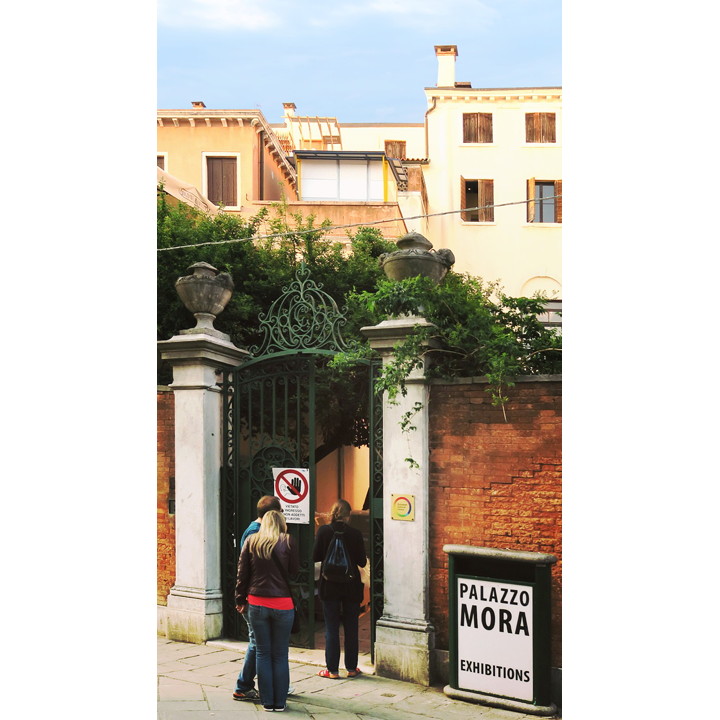
What has been your experience with prototyping Living Shelter - have the materials you thought to use during the planning proofed to be the best ones or have you made some changes?
Prototyping process helped us to identify where systems can be improved: better concealed hinges and track system, optimization of primary aluminum structure, adjustment of the overall height for more efficiency while deploying the shelter. Our team of designers and engineers is already working on an upgraded and lighter version.
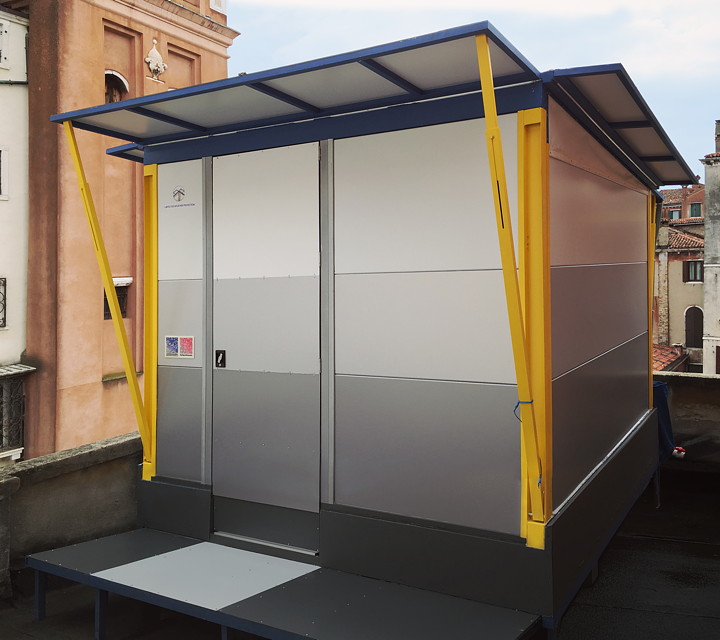
Do you think you can start producing Living Shelter - how have the reactions been? The feedback of the press is really good!
We received fantastic feedback from Institutions, NGO, communities, designers, engineers, press and the public who trust Living Shelter to be a smart solution for disaster relief. Moreover our team was honored to receive very good comments from the Singapore Delegation with the Dr Yaacob Ibrahim, Minister for Communications and Information, who visited the prototype at Palazzo Mora.
Our team is currently optimizing and re-engeeniering some elements of the shelter to improve its overall concept. We are also in contact with potential investors to kick-off the production of the Living Shelter and bringing it on disaster relief sites.

Have you planned a trial also "on-site", I mean in South-East Asia?
There is an intermediate step before mass producing the Living Shelter: test it on-site within a community in need. Also we are currently in contact with NGO in Philippines to bring Living Shelter there. Indeed the population is still recovering from past natural disaster and they need help. This milestone will confirm the liability of Living Shelter before starting mass-producing.
Through the ongoing Indiegogo crowdfunding part 2, we are improving the flat-pack and the portable furniture. New technology such as 3D-printed and light-weight composite materials will increase stability without adding extra weight. Design and systems will focus on ergonomic to meet the end-users usages.
During the transitional phase, our team envisions to transfer the 3D printing knowledge to the community. Through workshops, the community could learn how to create three-dimensional objects of everyday life and furniture. Templates of design could be provided as well as basics skills to create their own design. This initiative could be part of a NGO program post disaster relief as a case study.
Christiane Bürklein
Project: WY-TO with PODS STRUCTURE
Year: 2016
Images: courtesy of WY-TO
Exhibition: “Time – Space – Existence” a Palazzo Mora - 15° Biennale di Architettura di Venezia
Find out more on the Indiegogo campaign part 2: https://www.indiegogo.com/projects/living-shelter-solution-for-disaster-relief-part2
Link to prior article: http://www.floornature.com/blog/living-shelter-smart-housing-alla-biennale-di-venezia-11609/










